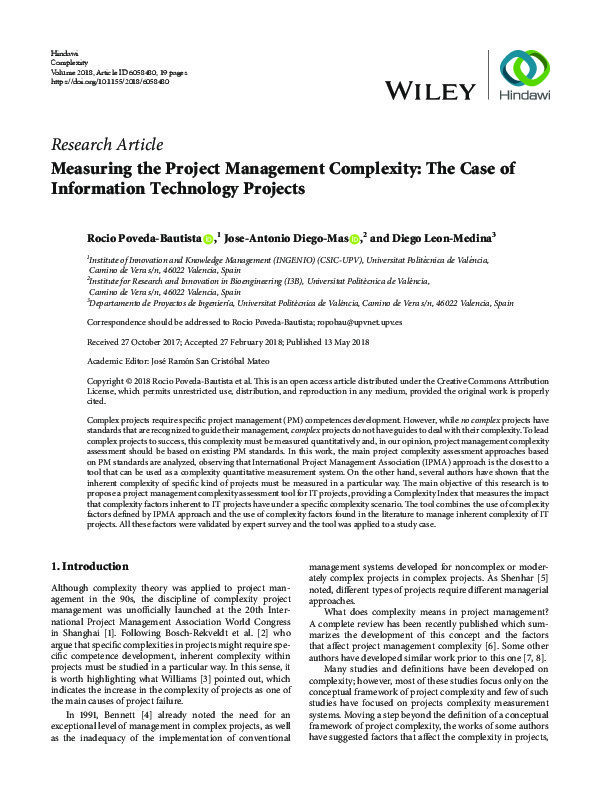JavaScript is disabled for your browser. Some features of this site may not work without it.
Buscar en RiuNet
Listar
Mi cuenta
Estadísticas
Ayuda RiuNet
Admin. UPV
Interaction between heterobinuclear molecules and nature of the ground spin states in oximato-bridged [CuIIMII]2 bis-binuclear complexes (M=Cu, NI, Mn): crystal structure of [Cu(pdmg)Ni(Me3[12]N3)(EtOH)](ClO4)2
Mostrar el registro completo del ítem
Cervera, B.; Ruiz, R.; Lloret, F.; Julve, M.; Faus, J.; Muñoz Roca, MDC.; Journaux, Y. (1999). Interaction between heterobinuclear molecules and nature of the ground spin states in oximato-bridged [CuIIMII]2 bis-binuclear complexes (M=Cu, NI, Mn): crystal structure of [Cu(pdmg)Ni(Me3[12]N3)(EtOH)](ClO4)2. Inorganica Chimica Acta. 288(1):57-68. https://doi.org/10.1016/S0020-1693(99)00035-3
Por favor, use este identificador para citar o enlazar este ítem: http://hdl.handle.net/10251/138904
Ficheros en el ítem
Metadatos del ítem
| Título: | Interaction between heterobinuclear molecules and nature of the ground spin states in oximato-bridged [CuIIMII]2 bis-binuclear complexes (M=Cu, NI, Mn): crystal structure of [Cu(pdmg)Ni(Me3[12]N3)(EtOH)](ClO4)2 | |
| Autor: | Cervera, B. Ruiz, R. Lloret, F. Julve, M. Faus, J. Journaux, Y. | |
| Entidad UPV: |
|
|
| Fecha difusión: |
|
|
| Resumen: |
[EN] Two new heterobimetallic complexes [Cu(pdmg)Ni(Me-3[12]N-3)(CH3CH2OH)](ClO4)(2)(2) and [Cu(pdmg) Mn(bipy)(2)]-ClO4)(2) . H2O (3) (H(2)pdmg = 3,9-dimethyl-4,8-diazaundeca-3,8-diene-2 10-dione dioxime; Me-3[12]N-3 = ...[+]
|
|
| Palabras clave: |
|
|
| Derechos de uso: | Cerrado | |
| Fuente: |
|
|
| DOI: |
|
|
| Editorial: |
|
|
| Versión del editor: | https://doi.org/10.1016/S0020-1693(99)00035-3 | |
| Código del Proyecto: |
|
|
| Agradecimientos: |
This work was supported by the Dirección General de Investigación Cientı́fica y Técnica (DGICYT) (Spain) through Project PB97-1397 the Spanish French Integrated Actions and the TMR program of the European Union ...[+]
|
|
| Tipo: |
|






![[Cerrado]](/themes/UPV/images/candado.png)



